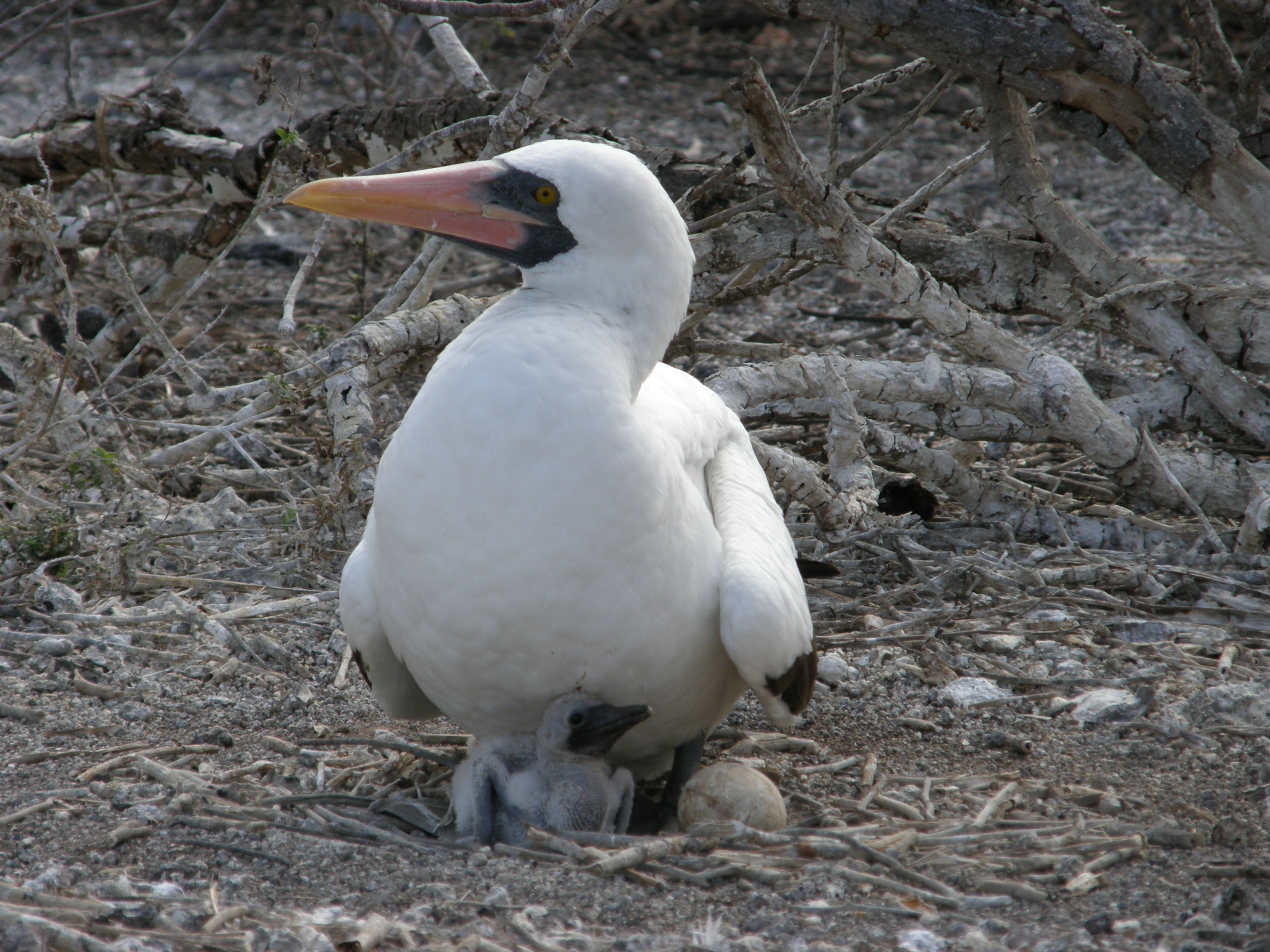
From the New York Times in the USA:
In Birds, a Possible Clue to the Cycle of Abuse
By NICHOLAS BAKALAR
Published: October 10, 2011
Although it has never been definitively proven, many social scientists believe that abused children are more likely to become abusers as adults. Now for the first time, there is evidence of the phenomenon in animals in the wild.
Researchers writing in the October issue of The Auk, the journal of the American Ornithologists’ Union, studied Nazca boobies, ground-nesting birds native to the Galápagos Islands. The adults leave their chicks — they raise only one at a time — to forage for food, and often other adults approach the unguarded young. Almost all chicks have some contact with unrelated adults, which can be aggressive or sexual.
The researchers studied the birds over three breeding seasons, recording the numbers and types of interactions with unrelated adults of 24 banded nestlings. Then, during the 2004-5 season, another team of observers, unaware of the birds’ experiences as chicks, recorded the behavior of the same birds as adults interacting with unrelated nestlings. They found high correlations between the amount of aggressive behavior demonstrated by the adults and the amount of abuse they had endured as nestlings.
David J. Anderson, the senior author and a professor of biology at Wake Forest University, said that other studies had found increased levels of the stress hormone corticosterone in abused chicks, which may influence aggressive behavior later in life.
“It’s not just humans, and it’s not just a pathology associated with captivity,” Dr. Anderson said. “Maybe the cycle of violence is generalizable, and we may have other research models to work with in ways we can’t work with humans.”
It would be interesting to repeat this study with birds related to Nazca boobies, like Atlantic gannets, and with unrelated birds, mammals, etc.
Pingback: New Antarctic mollusc species discovery | Dear Kitty. Some blog
Pingback: Blue-footed booby invasion in California | Dear Kitty. Some blog
Pingback: Thirteen ‘scary’ bird species for Halloween | Dear Kitty. Some blog
Pingback: Ten bird species, discovered in 2016 | Dear Kitty. Some blog
Pingback: Galápagos Nazca boobies, females die earlier than males | Dear Kitty. Some blog